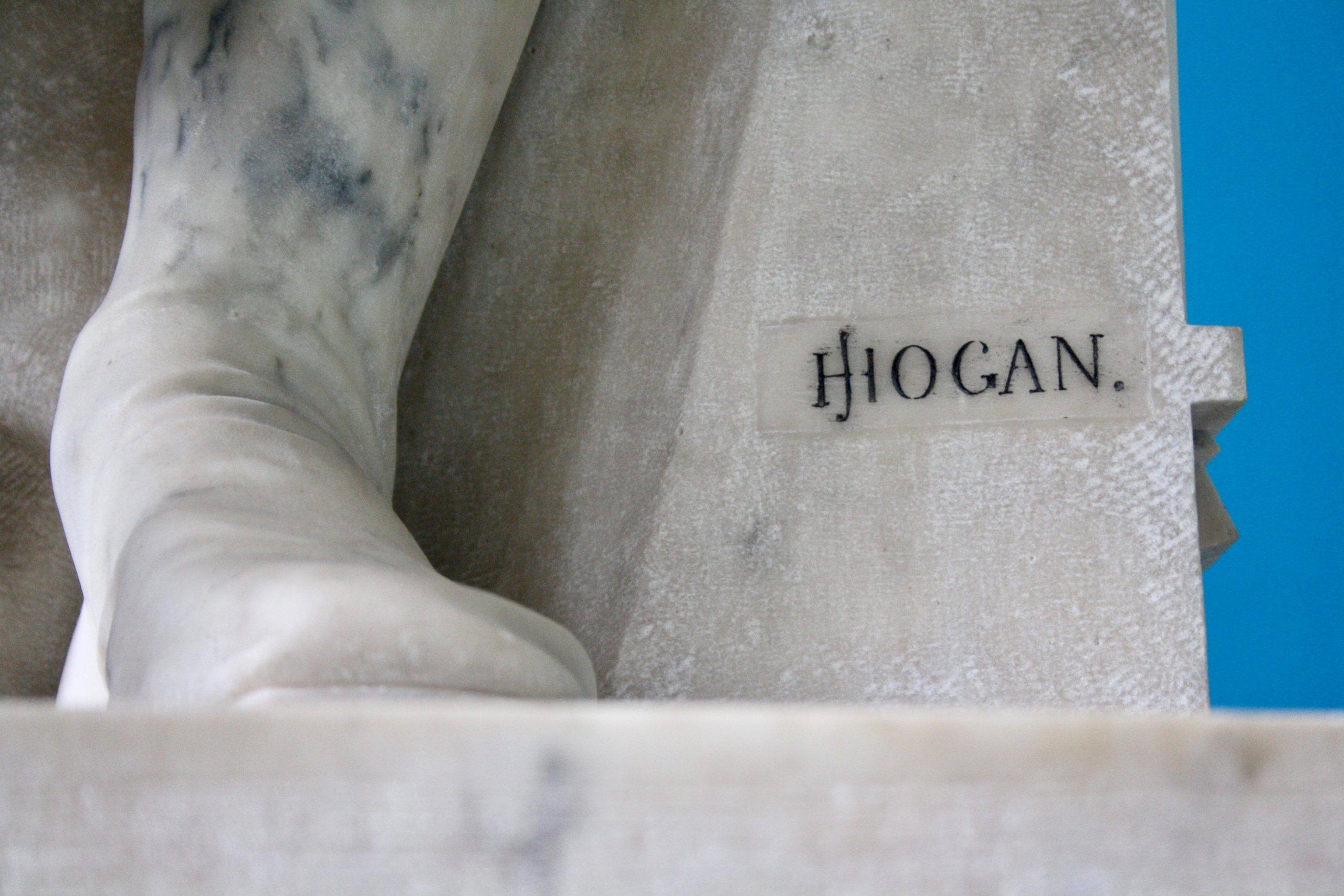
In this new 8-part series, we explore the stories of our Sculpture Galleries and uncover curious things that usually only curators get to see! Discover sculptors’ secrets and makers’ marks, focus on flashlines and fig leaves, and seek missing arms – and even extra feet – as Abbey Ellis traces the tales of our cast collection.
In this instalment of SCULPTURE SECRETS, we focus on another feature hidden in plain sight in our Sculpture Galleries: makers' marks.
Sculptors such as John Hogan (1800-1858) were proud of their work and often inscribed their name onto their finished works. Hogan’s monogram signature can be seen on our sculpture of William Crawford (1843) in the photograph above.
Plaster cast makers (called formatori) likewise signed their pieces. One cast maker attested in our Sculpture Galleries is Domenico Brucciani (1815-1880). Brucciani was one of the top formatori of Victorian London and was responsible for producing many of the casts on display at the city’s Victoria and Albert Museum.
The British Museum also commissioned many casts from his workshop due to their high quality. His work was not only confined to England; his pieces can be found in collections across the globe, from North America and New Zealand to right here at Crawford Art Gallery!
Comparatively little is known about cast makers such as Brucciani as they were not appreciated in the same way as fine artists. As we saw in our last post (Another Side to Socrates), cast making was a truly complex process. Yet despite this, cast making was looked down upon in nineteenth-century society. Casting was underappreciated because it is a reproductive process involving copying rather than the creation of a unique work.
Can you make out Brucciani’s mark on the back of our Bust of Venus di Melos, pictured below?
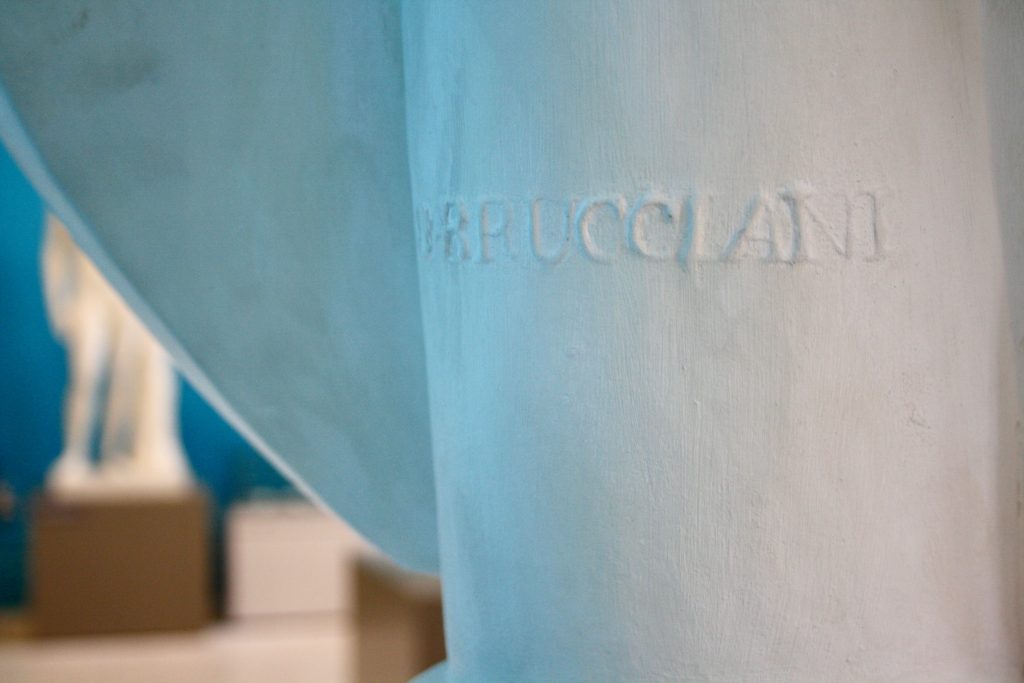
Organisations who commissioned the casts also immortalised themselves by fixing a metal disk inscribed with their crest to the plinth.
Take a look at the image below. Can you decipher the text on the metal disc attached to our cast of The Clapping Faun? We’ve given you a head start by filling in the vowels.
_ E _ A _ _ _ E _ _ O _ _ _ A _ _ I _ A _ A _ _
_ O A _ _ O _ _ _ A _ E
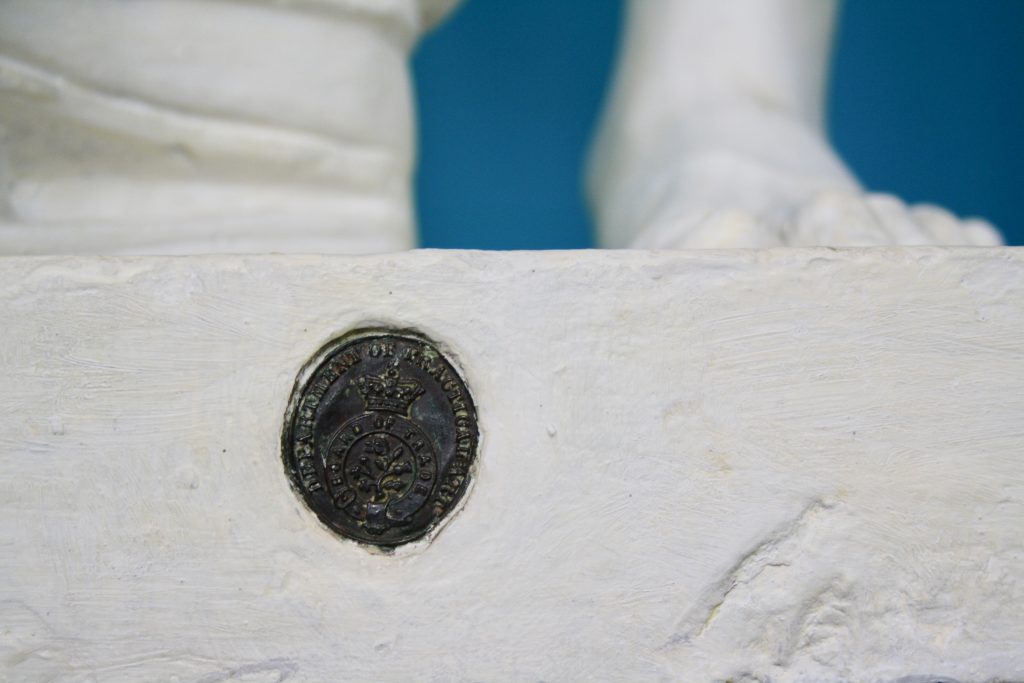
These tiny discs tell us a great deal of information about the casts and their histories. The disc above is inscribed with the crest of the Department of Practical Art, which was founded in 1852. Operating within the Board of Trade, the Department of Practical Art required regional art schools to follow their National Course of Instruction in Britain and Ireland. This recommended that artists were taught to draw the human form by sketching casts, honing their artistic craft by imitation.
Students from Cork School of Design (now Crawford Art Gallery) regularly exhibited their work at the Department of Practical Art’s headquarters in Marlborough House, London. At such exhibitions, Cork artists James Butler Brenan, William Linnaeus Casey, and John J. Drummond were awarded five prestigious gold medals for their efforts.

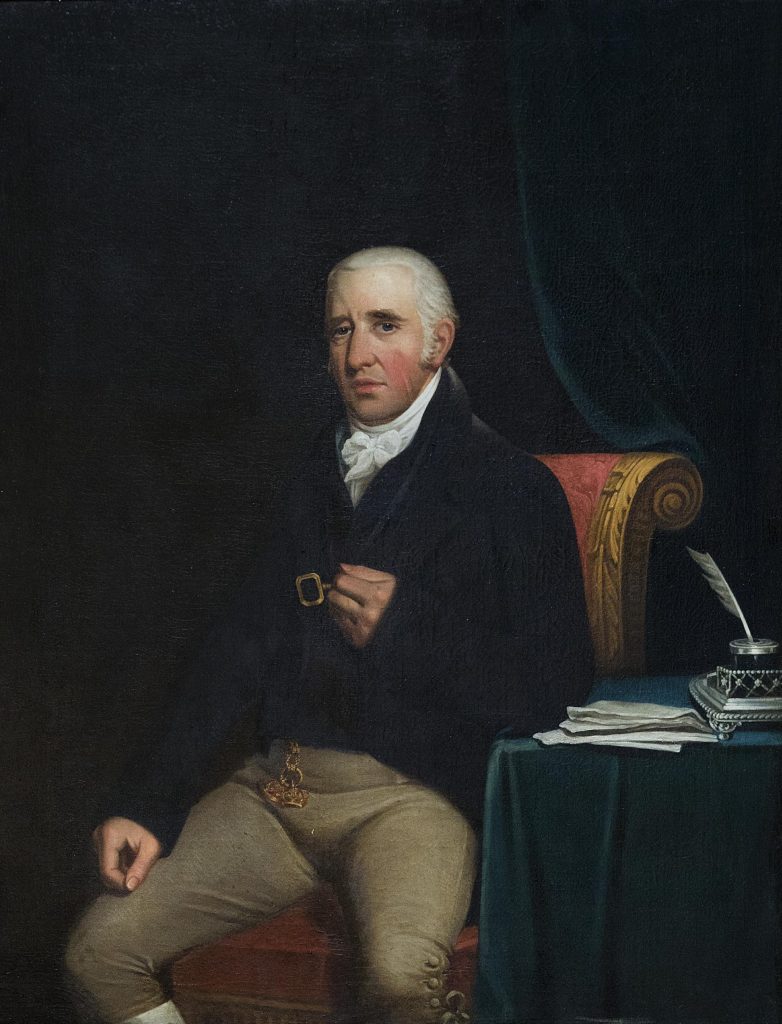
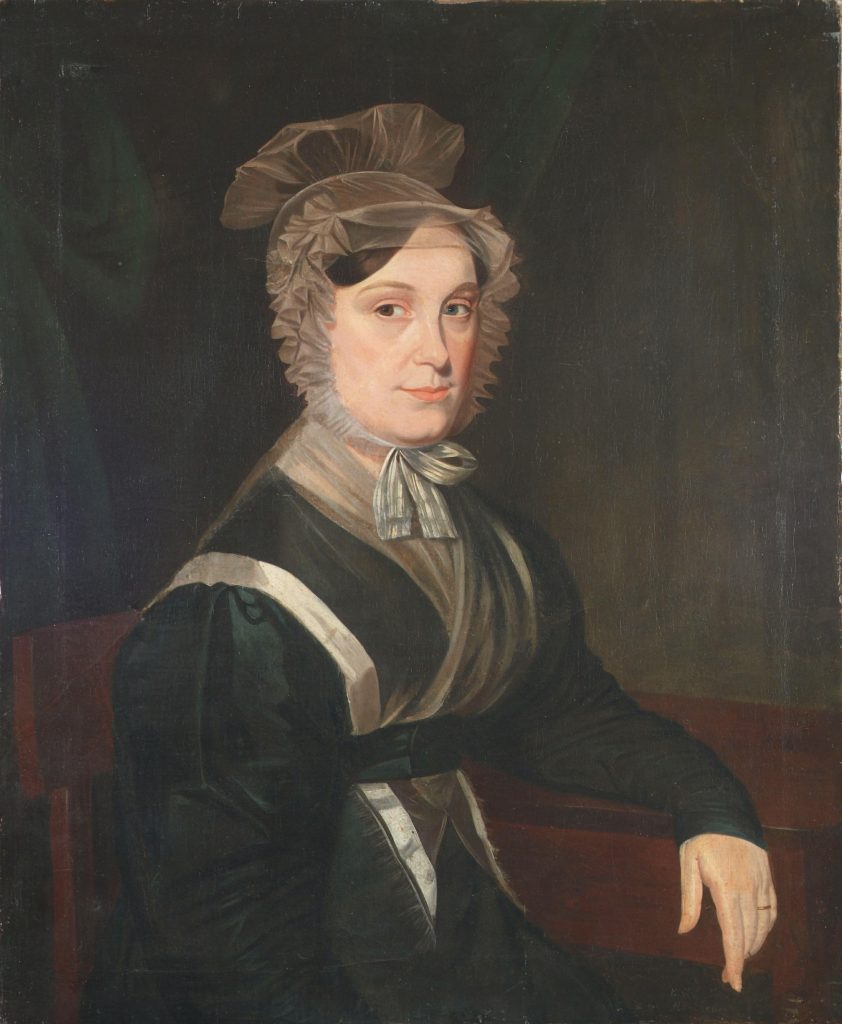
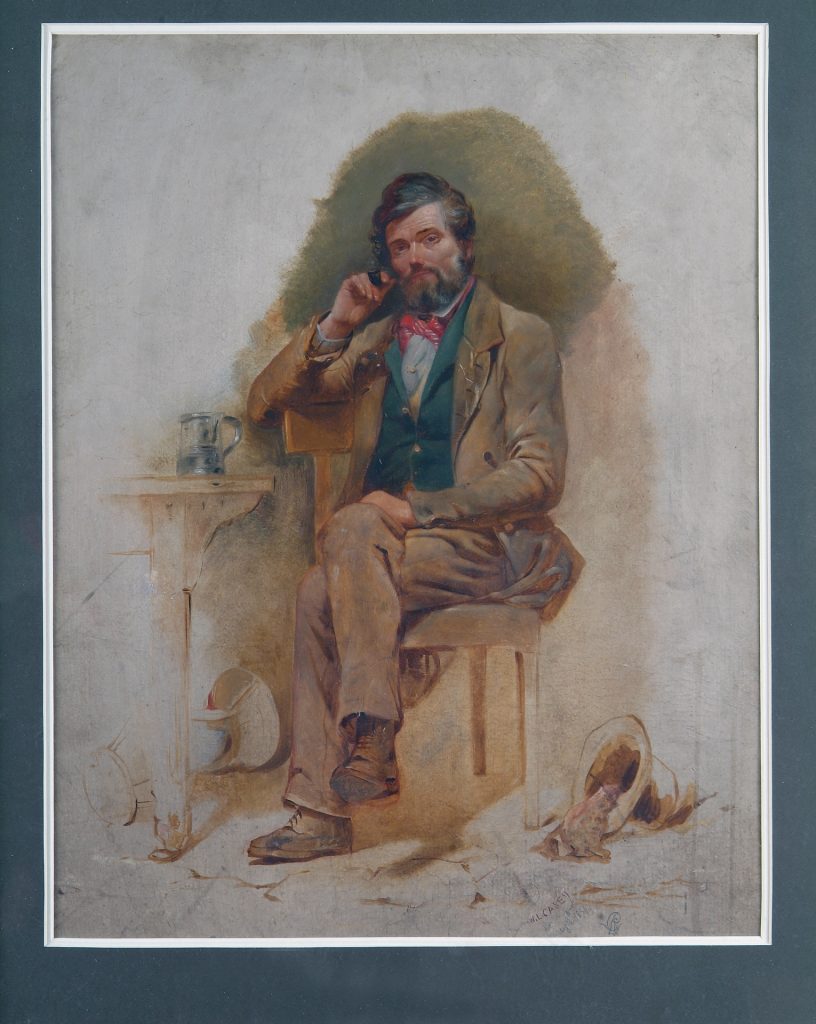
The works by Brenan and Casey within Crawford Art Gallery’s collections, seen in the image gallery above, demonstrate their mastery of depicting the human form. Perhaps the time that both artists spent sketching our cast collection played some role in their success.
Virtual fun in the Sculpture Galleries doesn’t stop here! Each post in this series will be accompanied by an activity especially tailored for a younger audience. In this instalment, we invite our artistic explorers to create their own maker’s mark or signature... will it be a monogram of your initials or something more mysterious!?
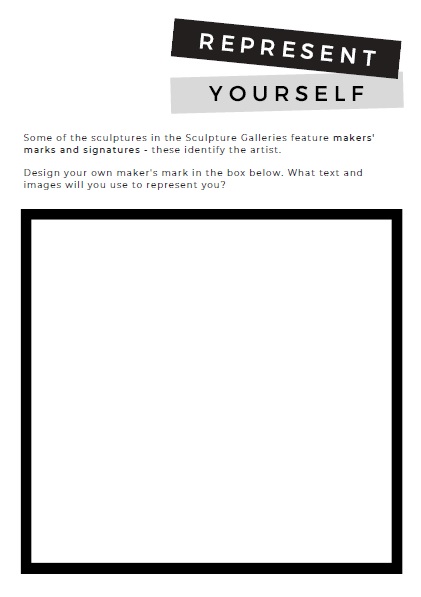
Share your designs on social media using the hashtags #sculpturesecrets and #crawfordartgalleryhomelife.
Abbey Ellis is a PhD researcher at the University of Leicester and Ashmolean Museum, Oxford on an AHRC CDP placement at Crawford Art Gallery. Her research focuses on archaeological plaster casts, sculptural materials and making, and authenticity.
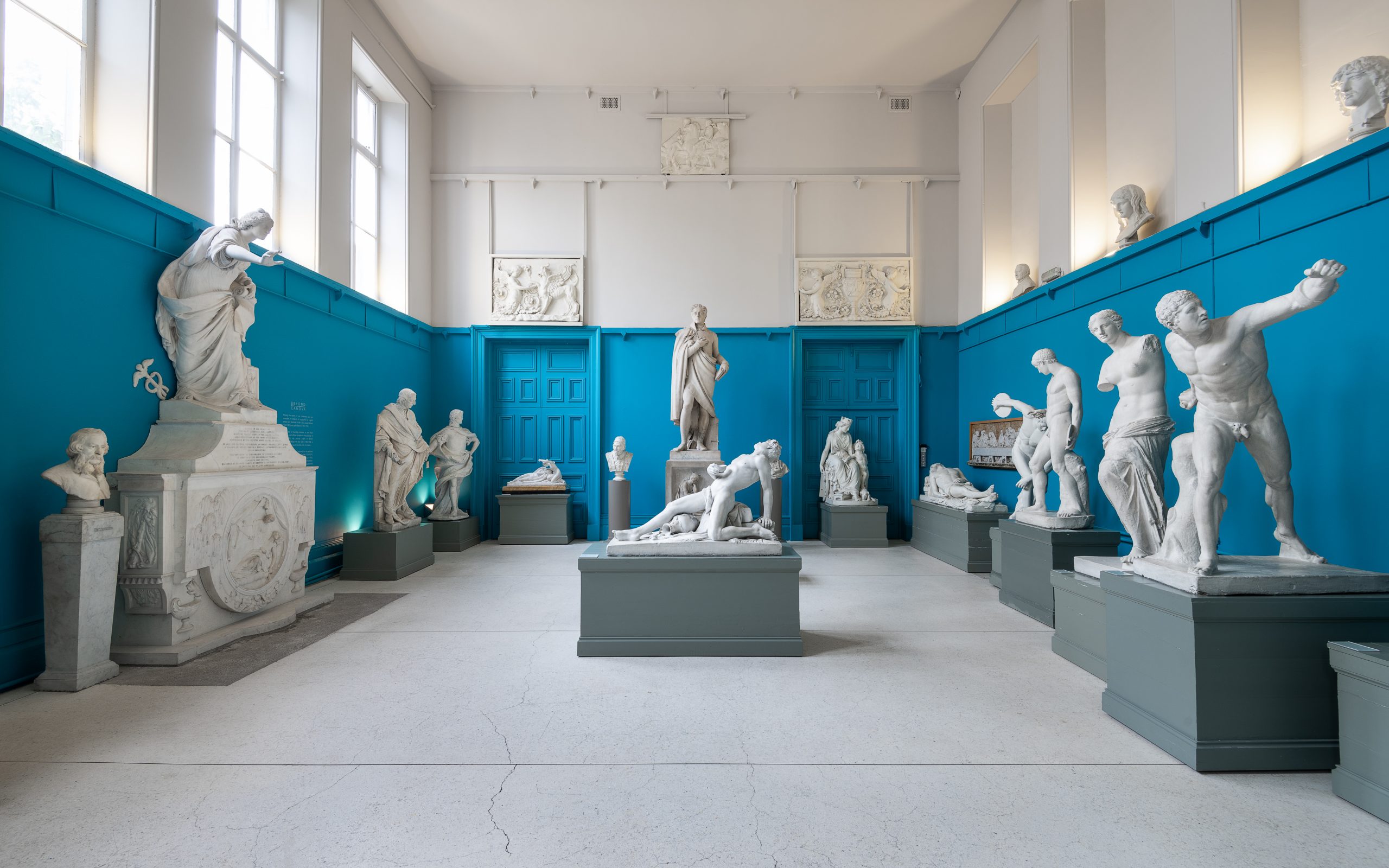
In this new 8-part series, we explore the stories of our Sculpture Galleries and uncover […]
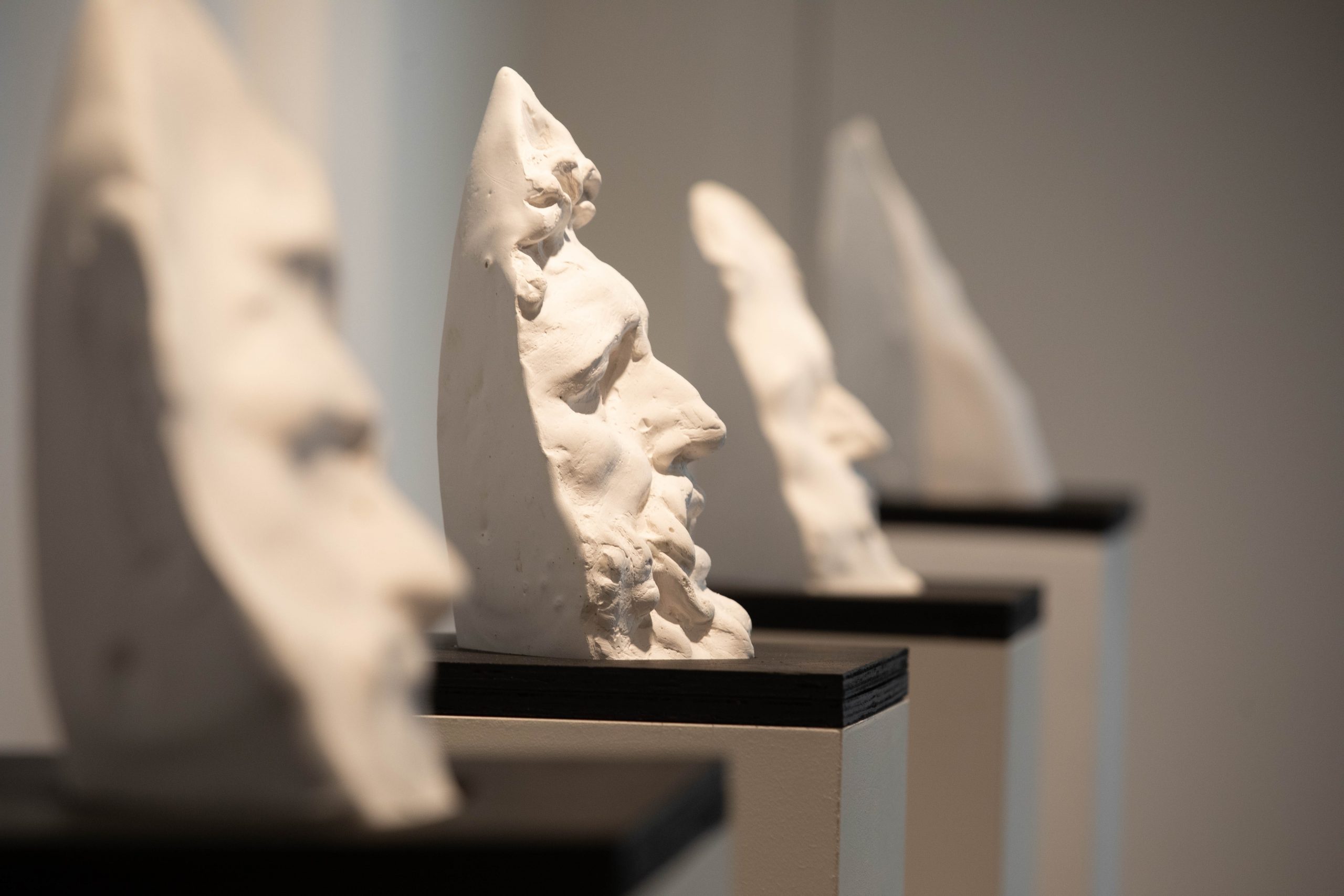
In this new 8-part series, we explore the stories of our Sculpture Galleries and uncover […]
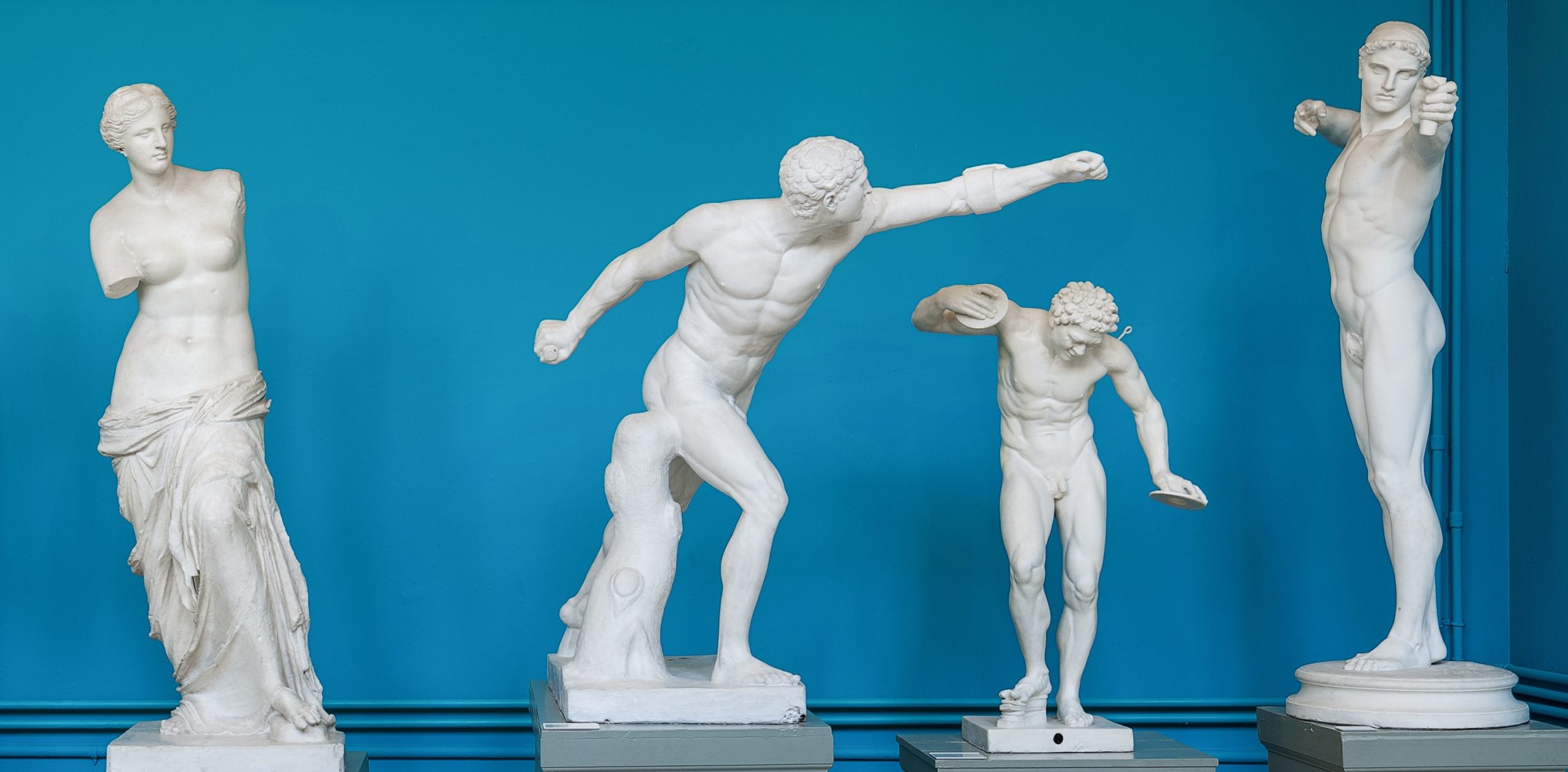
In this new 8-part series, we explore the stories of our Sculpture Galleries and uncover […]
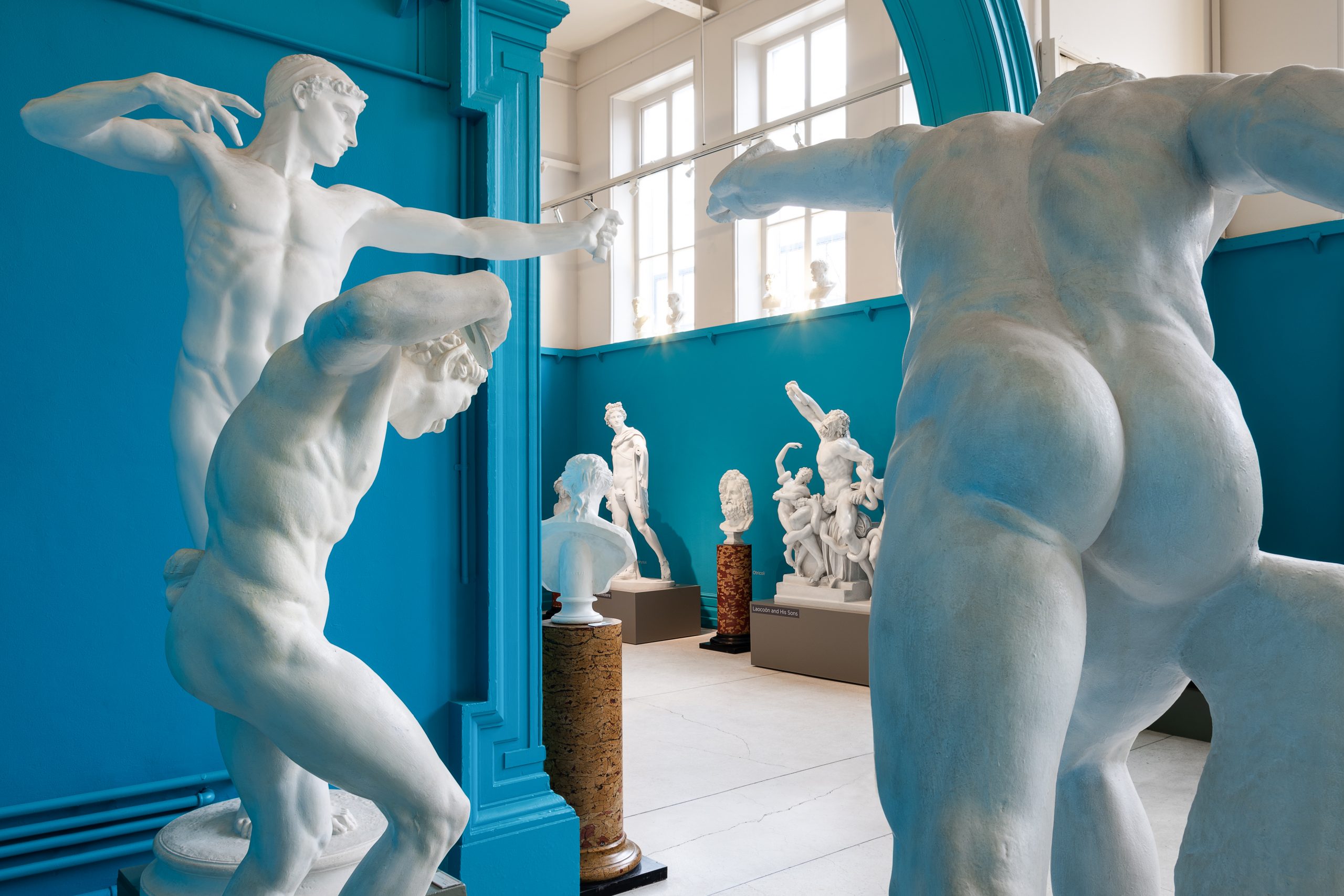
In this new 8-part series, we explore the stories of our Sculpture Galleries and uncover […]
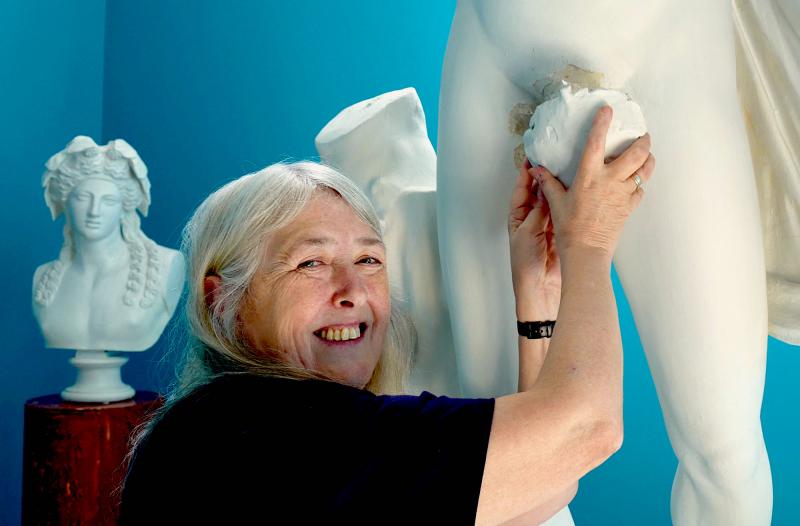
In this new 8-part series, we explore the stories of our Sculpture Galleries and uncover […]

In this new 8-part series, we explore the stories of our Sculpture Galleries and uncover […]
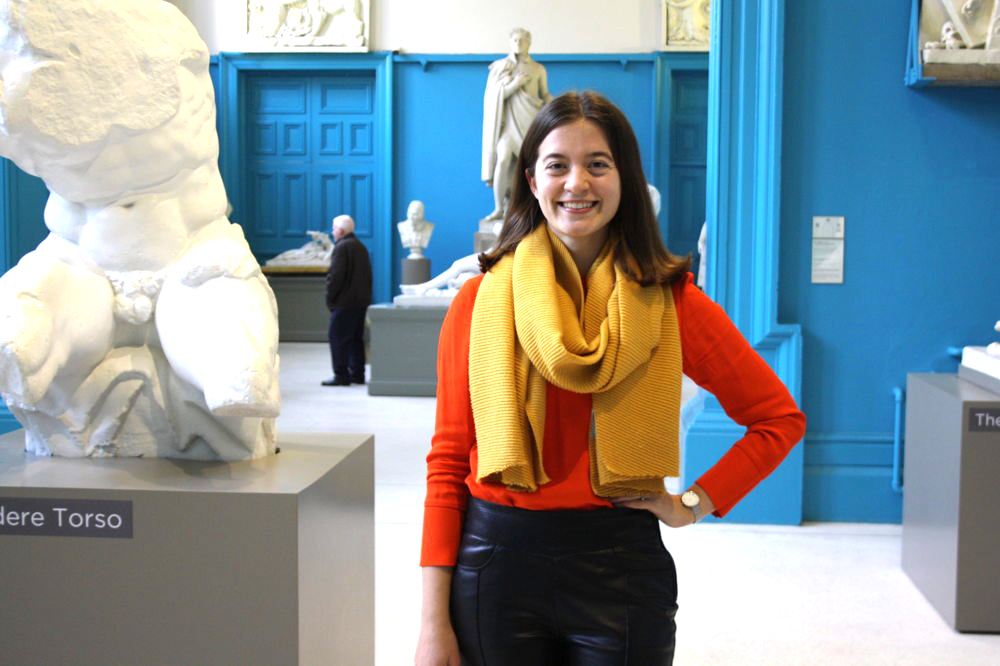
In this new 8-part series, we explore the stories of our Sculpture Galleries and uncover […]
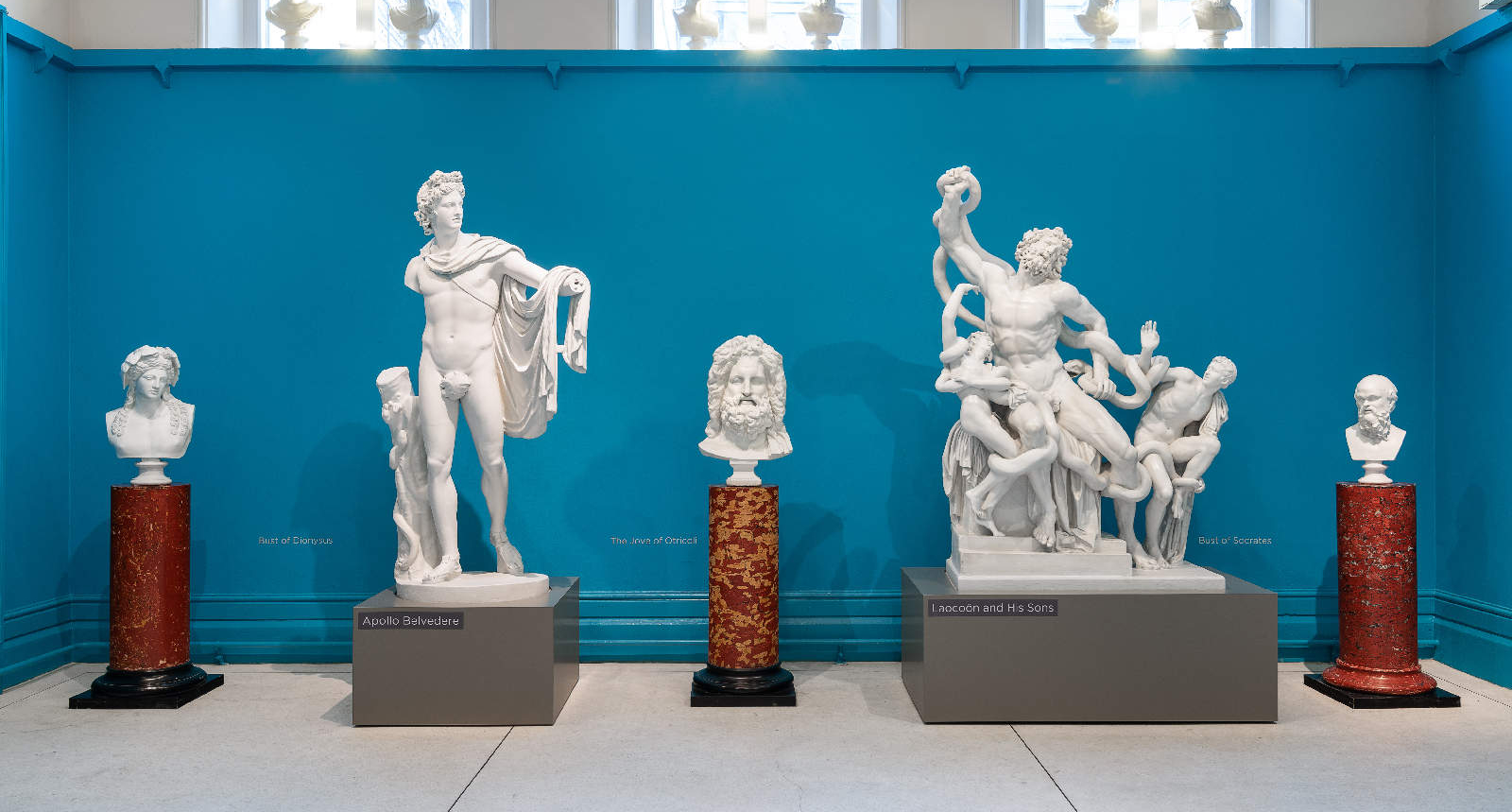
In this new 8-part series, we explore the stories of our Sculpture Galleries and uncover […]
Emmett Place, Cork, Ireland
T12 TNE6
Tel: 021 480 5042
info@crawfordartgallery.ie
Opening Hours
N.B. Last entry is 15 minutes before closing
Monday–Saturday 10.00am–5.00pm*
Thursday until 8.00pm
Sundays and Bank Holidays
11.00 am–4.00pm
© 2024 www.crawfordartgallery.ie